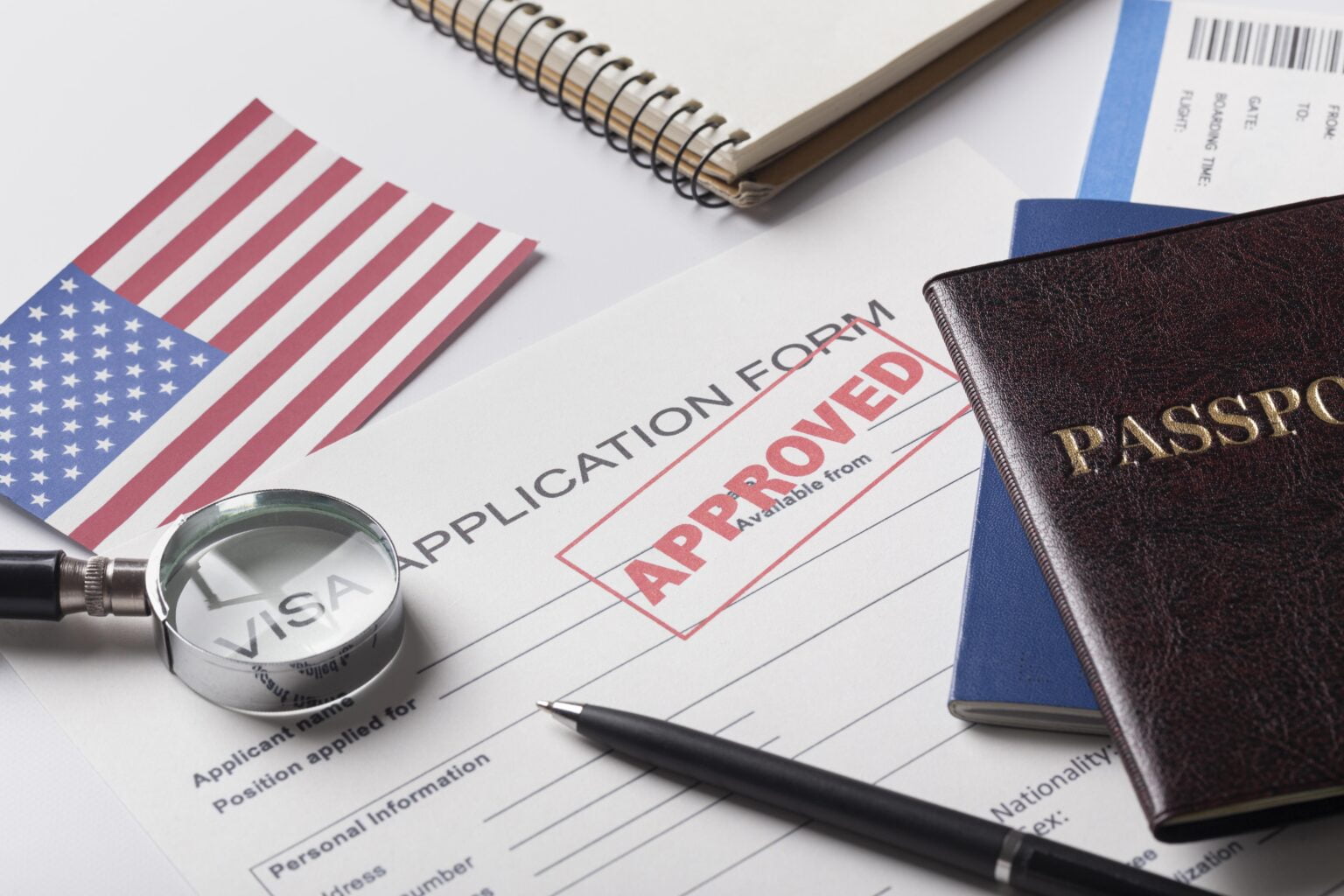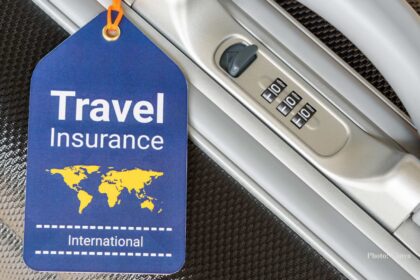Introduction
Entering the United States from Canada requires careful planning and adherence to specific requirements, whether you are a Canadian citizen or a citizen of another country. Below is guide to the essential information you need to know when crossing the U.S.-Canada border.
Travel Documents
Canadian Citizens: If you are a Canadian citizen, you will need a valid passport or a Trusted Traveler Program card such as NEXUS, SENTRI, or FAST for land and sea travel. A passport is required for air travel.
Non-Canadian Citizens: If you are not a Canadian citizen, you may need a visa or an Electronic System for Travel Authorization (ESTA) for certain countries. Check the U.S. State Department’s website or the U.S. embassy or consulate in your home country to determine the specific requirements based on your nationality.
Visa Requirements
Depending on your nationality, the purpose of your visit, and your intended length of stay in the U.S., you may need a visa. Common types include tourist (B-2), business (B-1), and work (H-1B, L-1, etc.) visas. Check the U.S. Department of State’s website for visa information.
Customs Declaration
When you arrive in the U.S., you must declare all items you are bringing with you. This includes gifts, purchases, and any agricultural or food products. Be prepared to fill out a Customs Declaration form.
Traveling with Minors
If you are traveling with minors who are not your children (e.g., grandchildren, nieces, nephews), it’s advisable to carry a notarized letter of consent from their parents or legal guardians, giving you permission to travel with them.
Criminal Record or Inadmissibility
If you have a criminal record or have been previously denied entry to the U.S., you should consult with the U.S. embassy or consulate to determine your admissibility and whether you require a waiver.
READ ALSO: 22 Free Travel Opportunities In 2023-2024
Currency and Currency Reporting
There are rules regarding the amount of currency you can bring into the U.S. without reporting it. Make sure to be aware of these limits and report any amount exceeding them.
Know Your Rights
Familiarize yourself with your rights when entering the U.S. as a visitor or non-citizen. U.S. Customs and Border Protection (CBP) officers have the authority to inspect you and your belongings.
Prescription Medications
If you are carrying prescription medications, ensure they are in their original containers and carry a copy of the prescription or a letter from your healthcare provider explaining the necessity of the medications.
Plan Ahead
Be prepared for potential delays at the border, especially during peak travel times. Plan your trip accordingly, have necessary documents readily accessible, and exercise patience during the border inspection process.
Please note that entry requirements can change, and it’s essential to verify the most up-to-date information with relevant authorities, such as U.S. Customs and Border Protection, the U.S. Department of State, or the U.S. embassy or consulate in Canada, before your trip. Additionally, consult with your airline or mode of transportation for any specific travel requirements they may have.
Border Crossing Points
There are numerous border crossing points between Canada and the United States, including land, air, and sea ports of entry. Choose the one most convenient for your travel plans, but keep in mind that wait times can vary at different crossings. You can check real-time border wait times online to help you decide.
Travel Insurance
While not mandatory, it’s advisable to have travel insurance that covers health emergencies, trip cancellations, and other unforeseen events. Healthcare in the United States can be expensive, so having insurance can provide peace of mind.
Transportation Options
Depending on your location in Canada and your destination in the U.S., you can choose various transportation options, including driving, flying, or taking a bus or train. Ensure your chosen method of transportation complies with entry requirements.
Pets and Animals
If you plan to travel with pets, research the U.S. requirements for bringing animals into the country. This may include vaccinations, health certificates, and quarantine rules.
Special Circumstances
If you have special circumstances, such as traveling for business, seeking asylum, or joining family members in the U.S., consult the U.S. embassy or consulate for specific guidance and visa requirements.
Duty-Free Allowances
Be aware of duty-free allowances for alcohol, tobacco, and other goods. There are limits on the amount you can bring into the U.S. duty-free, and exceeding these limits may result in customs duties.
Language
English is the official language for customs and immigration procedures in the United States. It’s important to communicate clearly and follow instructions given by border officials.
Traffic Regulations
If you are driving into the U.S., familiarize yourself with U.S. traffic laws, including speed limits, road signs, and driving on the right-hand side of the road. Your Canadian driver’s license is usually valid for a short visit.
Exit Requirements
When leaving the United States and returning to Canada, you will need to follow the exit procedures, which may include customs checks on both sides of the border.
Emergency Contacts
Save emergency contact numbers, including the nearest Canadian consulate or embassy and contact information for your country’s embassy or consulate, in case you encounter difficulties during your trip.
Remember that immigration and customs regulations can change, so it’s crucial to stay informed and plan accordingly before crossing the U.S.-Canada border. Adhering to these guidelines and being well-prepared will help ensure a smooth and hassle-free entry into the United States.
READ ALSO: Some of the Unusual Places in the United States
Entering U.S. from Canada Frequently Asked Questions
Here are some frequently asked questions (FAQs) about entering the United States from Canada:
1. Do I need a visa to enter the United States from Canada?
It depends on your nationality, the purpose of your visit, and the type of visa you hold. Canadian citizens generally do not need a visa for tourist visits, but other nationalities may require one. Check with the U.S. Department of State or the U.S. embassy/consulate in your home country for specific visa requirements.
2. Can I use my Canadian driver’s license to drive in the U.S.?
Yes, Canadian citizens can generally use their valid Canadian driver’s licenses to drive in the United States for short visits. However, it’s a good idea to carry additional identification, such as your passport, as some states may require it.
3. Are there COVID-19 restrictions for entering the U.S. from Canada?
Yes, due to the ongoing pandemic, there may be specific COVID-19-related entry requirements. These can include proof of vaccination, negative test results, or quarantine mandates. Check the U.S. Customs and Border Protection (CBP) website and the Centers for Disease Control and Prevention (CDC) for the latest information.
4. How much money can I bring into the U.S. from Canada?
There are no restrictions on the amount of money you can bring into the United States, but you must declare any amounts exceeding $10,000 on the U.S. Customs Declaration form.
5. Can I bring my pet into the U.S. from Canada?
Yes, you can bring pets into the U.S., but you must meet certain requirements, including vaccinations, health certificates, and sometimes quarantine. Check the U.S. Department of Agriculture (USDA) website for specific pet importation guidelines.
6. Can I travel with firearms or weapons to the U.S. from Canada?
Traveling with firearms or weapons into the U.S. is highly regulated. You must declare them at the border and comply with U.S. federal and state laws. It’s essential to research and follow all regulations before attempting to bring firearms or weapons into the U.S.
7. Do I need to fill out any forms when entering the U.S. from Canada?
Yes, you will need to complete a U.S. Customs Declaration form when arriving in the United States. You’ll be asked about the purpose of your trip, the items you are bringing, and other relevant information.
8. What are my rights when crossing the U.S.-Canada border?
When crossing the border, you have the right to be treated respectfully and fairly by border officials. You also have the right to remain silent and not answer questions unrelated to your entry. However, cooperating with customs and immigration procedures is usually advisable.
9. Are there specific rules for traveling with minors from Canada to the U.S.?
If you are traveling with minors who are not your children (e.g., grandchildren, nieces, nephews), it’s a good practice to carry a notarized letter of consent from their parents or legal guardians, giving you permission to travel with them.
10. How can I check the wait times at U.S.-Canada border crossings?
You can check real-time border wait times online through websites or mobile apps provided by U.S. Customs and Border Protection (CBP) or the Canada Border Services Agency (CBSA).
Remember that regulations and requirements can change, so it’s essential to stay updated with the latest information from the US officials and plan your trip accordingly when entering the United States from Canada.
Conclusion
In conclusion, entering the United States from Canada involves a series of considerations and requirements that travelers must be aware of to ensure a smooth and lawful entry. This guide has provided an overview of the essential information and frequently asked questions related to this process.
Key takeaways include the importance of having the correct travel documents, such as passports or visas, complying with customs and immigration regulations, and being prepared for potential delays at border crossings. It is also vital to stay informed about the latest updates and changes in entry requirements, as these can evolve over time.
Ultimately, a well-planned and informed approach to crossing the U.S.-Canada border will contribute to a safe and enjoyable travel experience. Travelers should always consult official sources, such as the U.S. Customs and Border Protection (CBP) and relevant government agencies, for the most up-to-date information and guidance before embarking on their journey.
In other article, Things To Know When Planning Your First Trip To Europe







